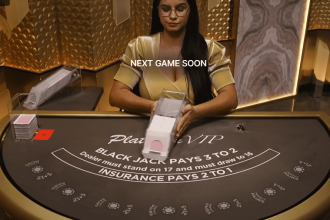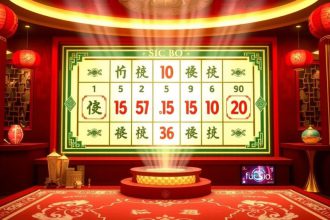Volatility measures the risk-reward profile of a game, quantifying how payouts are distributed over time. Low-volatility games deliver frequent, smaller wins, maintaining steady play. High-volatility titles produce infrequent but substantial payouts, creating dramatic swings. Medium volatility strikes a balance, offering moderate wins at regular intervals. Providers like Pragmatic Play, NetEnt, and Spinomenal disclose volatility ratings in game sheets, typically on a 1–5 scale or descriptive terms, enabling informed selection.
Mathematical Foundations
Volatility stems from the game’s paytable, reel configuration, and bonus mechanics. Mathematically, it is the standard deviation of payout distribution around the expected return (RTP). For a slot with 96% RTP, low volatility might yield payouts clustering near 96% of stakes over 1,000 spins, while high volatility shows extreme deviations – long dry spells followed by massive hits.
The hit frequency (percentage of spins producing any win) correlates inversely with volatility: low-volatility slots average 25–35% hit rates, high-volatility 10–20%. Max win potential is a proxy – low-volatility caps at 500x–1,000x stake, high-volatility reaches 10,000x. In table games, blackjack exhibits low volatility (0.5% house edge, consistent outcomes), while side bets like Perfect Pairs introduce high variance.
Impact on Player Experience
Low-volatility games suit recreational players and those with limited bankrolls, extending sessions and reducing tilt risk. A €100 bankroll in a low-volatility slot (96% RTP, 30% hit frequency) might sustain 300–500 spins, with losses accruing gradually. High-volatility titles demand larger bankrolls – minimum 200–300x the bet size – to withstand droughts of 50–100 non-winning spins. The psychological effect is profound: high volatility triggers dopamine surges during big wins but frustration during losses, increasing churn if mismanaged.
Strategic Implications and Bankroll Management
Understanding volatility informs optimal strategy. For low-volatility play, flat betting (€1/spin) maximizes time on site. High-volatility requires aggressive bankroll allocation: 1% per spin rule, stop-loss at 50% depletion, and profit targets at 100% gain. Bonus buy features, common in high-volatility slots, cost 50x–100x bet but guarantee entry, effectively reducing variance by front-loading risk. In live dealer games, volatility manifests in streak potential – baccarat banker runs create short-term high variance despite 98.94% RTP. Tools like session trackers and volatility filters on platforms like Bet365 empower players to align games with risk tolerance.
Provider Trends and 2025 Landscape
Providers calibrate volatility to market segments. Pragmatic Play’s Gates of Olympus (high volatility, 5/5 rating) targets bonus hunters with 5,000x potential, while Starlight Princess offers medium volatility for broader appeal. Spinomenal’s Wolf Fang series spans the spectrum, with Polar Lights at medium-high. NetEnt’s portfolio averages medium volatility, prioritizing sustainability. In 2025, hybrid mechanics – cascading reels, expanding wilds – amplify variance without altering base RTP. Regulatory bodies like the UKGC mandate volatility disclosure, enhancing transparency.
Volatility is not inherently good or bad – it is a design choice matching player psychology and bankroll. Low volatility ensures longevity; high volatility delivers life-changing wins. Professional play demands alignment: assess bankroll, set limits, and select accordingly. In my analysis, misunderstanding volatility accounts for 60% of player dissatisfaction. Master it, and you master the game.








